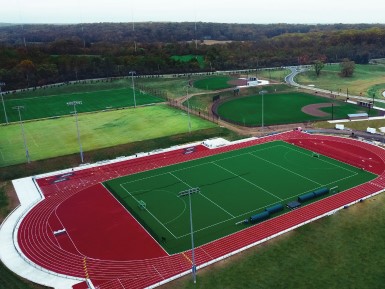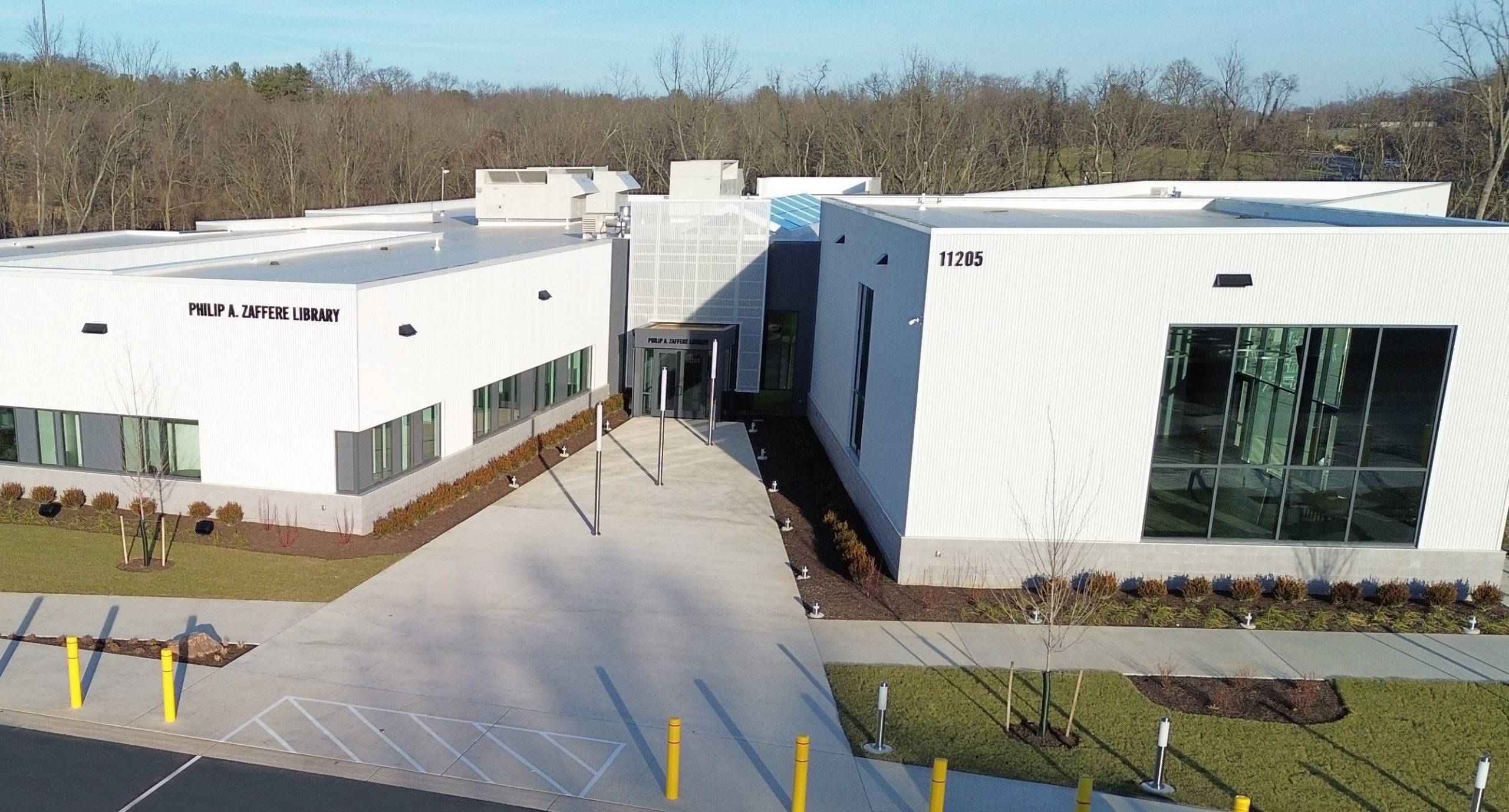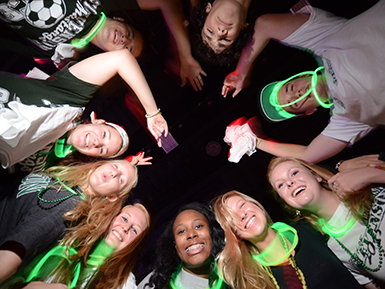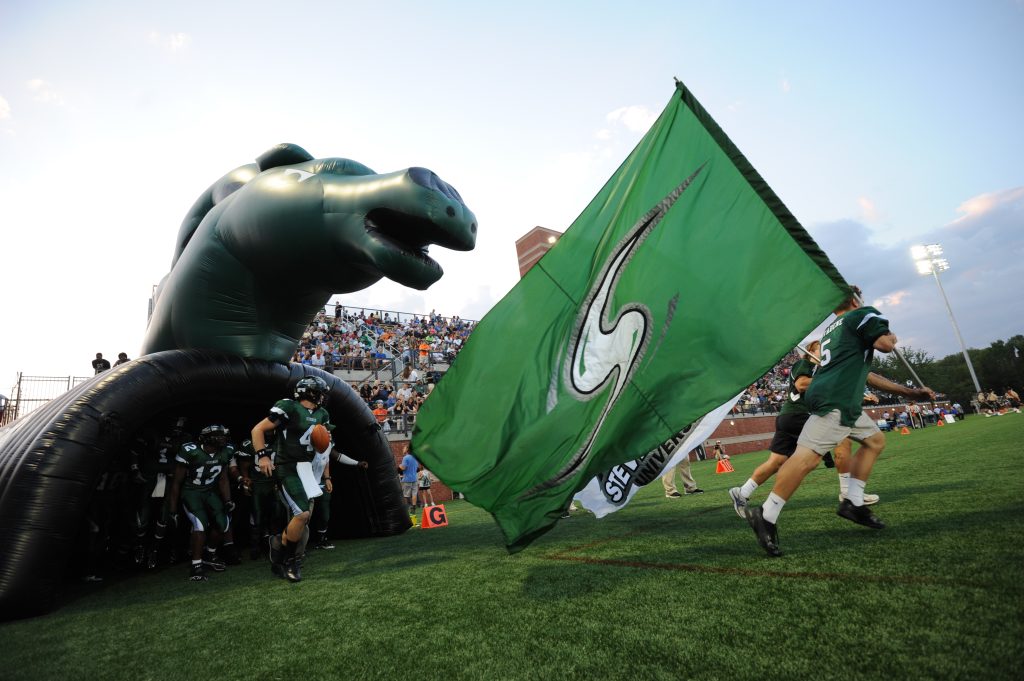
Mount Clare Mansion, Carroll Park, Baltimore, Maryland. One of the finest examples of Georgian architecture in Baltimore.
As part of our crusade to bring the most interesting public history programming to the classrooms of Stevenson University, the Stevenson History Department presents our Spring 2016 “Cool Courses.”
History 211 02: Pirates of the Caribbean
The Pride of Baltimore II off of Fort McHenry in Baltimore, April 2014. (above)
Come join us as we explore the myths and realities of those infamous rogues in the transatlantic world. Our focus will be on piracy in popular culture and how the pirates of our imagination compare to reality. Topics will include shipwrecking, tavern culture, gender/sexuality, slavery, class/status, and pirates’ impact on the micro-economies. We’ll talk about those pirates we know like Blackbeard, Kidd, and Morgan, as well as the lesser known and nameless pirates who made up the vast majority, placing them into the wider historical context of piracy, which has existed from ancient times to the present. And we will try to take the opportunity to visit Baltimore’s very own privateering ship The Pride of Baltimore.
HIST 312 02: America’s National Parks
Ranger Vince Vaise, Chief of Interpretation, National Park Service, Fort McHenry. (above)
The earliest history of our national parks began in 1864 with the creation of the Yosemite Grant. Yellowstone National Park came into existence in 1872. Other protected sites would follow. Almost 100 years ago, the National Park Service took charge of a vast amount of land, structures, and monuments across the United States, each of which reveals much about how Americans have understood their national heritage. Each of those locations, needed approval from Congress. In each instance, arguments were advanced both for and against their becoming a grant, park, monument, shrine, or battlefield. What do those arguments reveal to the public historian and to the many publics about the times in which those sites received national protection? What do those arguments reveal about the construction of a public understanding of the meaning of these sites within the broader context of American history? This course poses the fundamental question: How are our national sites of rustic beauty, commemoration, or history a reflection on the society that created—and continues to care—for each and interprets them?
HIST 265: History of the Family
Migrant Mother photo by Dorothea Lange during the Geat Depression and the Dust Bowl. (above)
The “Ozzie and Harriet” and “Father Knows Best” families portrayed in 1950s television situation comedies existed mostly in our imaginations. Families have always been more complicated. From the Hunters and Gatherers of the Stone Age to the families portrayed in “Modern Family” and “Blackish,” what we think of families, and the realities are constantly changing. This course will look at many kinds of families and how they evolved over the centuries as they reflected changes in economics, politics, religion, and changing ideas of gender and sexuality.
HIST 312 01: Architectural History
National Museum of the USMC, Quantico, Virginia.
Every building tells a story. Who built it? Who used it? The ghosts of kings and queens, of peasants and slaves, still live within their walls. From Stone Age mud huts to glass and steel skyscrapers, from Palladio to post-Modernism, buildings reveal who we are and who we have been. They define who has power and who doesn’t. They reveal our hopes and our fears, and then they shape who we will become. By studying buildings from around the world and in our local area, we can learn how to read the stories they tell.





